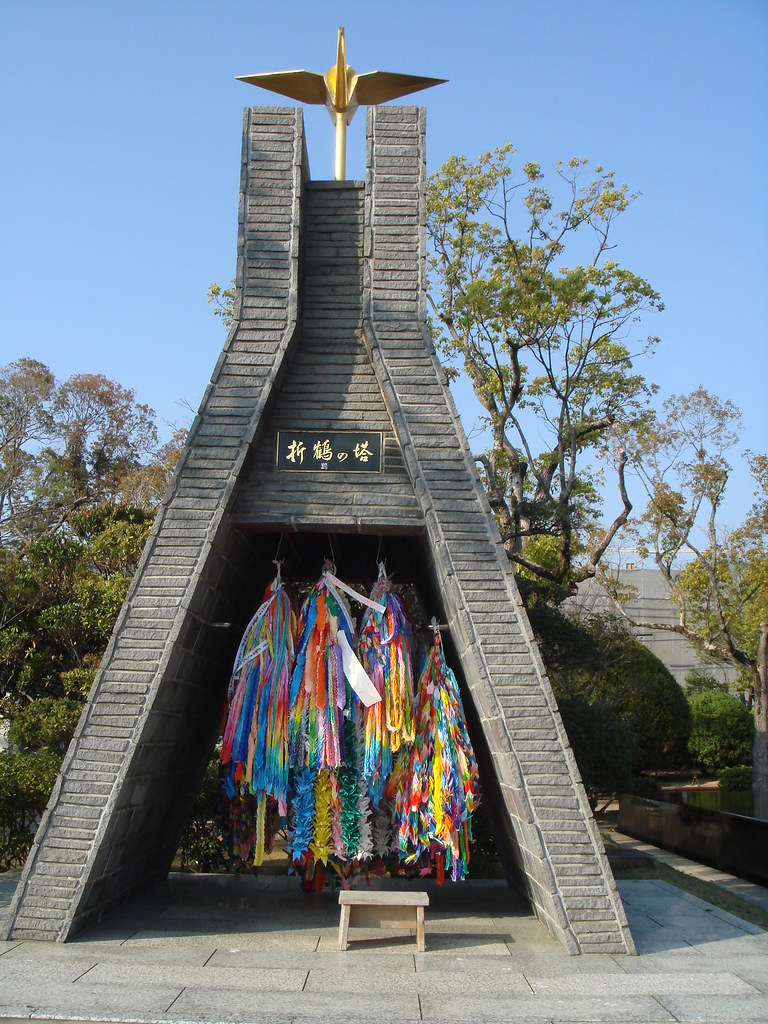1) Wind and rain bridge, China
This bridge is perhaps the most emblematic in the tradition of building bridges within the ethnic group Dong, China. The wood bridge that crosses the Linxi River is about 64 meters long. Built with embedded stones and wood, the bridge has five towers and eaves, and is the epicenter of a picturesque landscape: the meanders of the river, the trees of tea in the hills, and farmers working in their fields. The constructive technique is so surprising in that they are curiously held in place through centuries without the use of neither nails nor rivets.
2) Ubein Bridge, Myanmar
Close to Amarapura, Myanmar lies the U Bein bridge, the most extensive Teka bridge in the world, standing on pillars from the year 1849. In total, are 1.2 miles through the Taungthaman Lake, a walk used both for recreation and for activities such as fishing, that attracts more and more tourism.
3) Medieval Bridge, Lucerne (Switzerland)
There are two medieval wooden bridges crossing the Reuss River in Lucerne. The Chapel (Kapellbrücke) bridge is the longest as well as the oldest wooden bridge in Europe, with 200 meters of length. It is on foot from the 14th century (although a part was rebuilt after a fire in 1993). In addition, the bridge provides for an artistic stroll since in the roof, there are numerous paintings that partly narrate the story of the city.
The bridge is located across the Lake from Sangkhlaburi and has 400 meters of extension. It is the longest and largest bridge in Thailand, and being of artisan construction requires continuous repair. For this reason, its appearance is continuously changing. It can only be crossed either on foot or by bicycle.
5) Kintai Bridge, Japan
It is one of the most important bridges in Japan. The bridge consists of five arches of wood on the banks of the Nishiki River, a national treasure built in 1673 as an access to the Iwakuni Castle. Although what we see today is a reconstruction (lack of maintenance from the wars and the typhoon caused havoc), the Kintai bridge is a perfect replica in line with the parameters of the construction in 1763.
The above bridges are all examples of how through his creativity, man has overcome the natural barriers of the rivers, in times in which the constructive limitations were accented. Likewise, these are some of the colorful and curious bridges of wood that we can still go through in different points of the planet.
Source: Viajes Increíbles
Translation: Tradukka
































